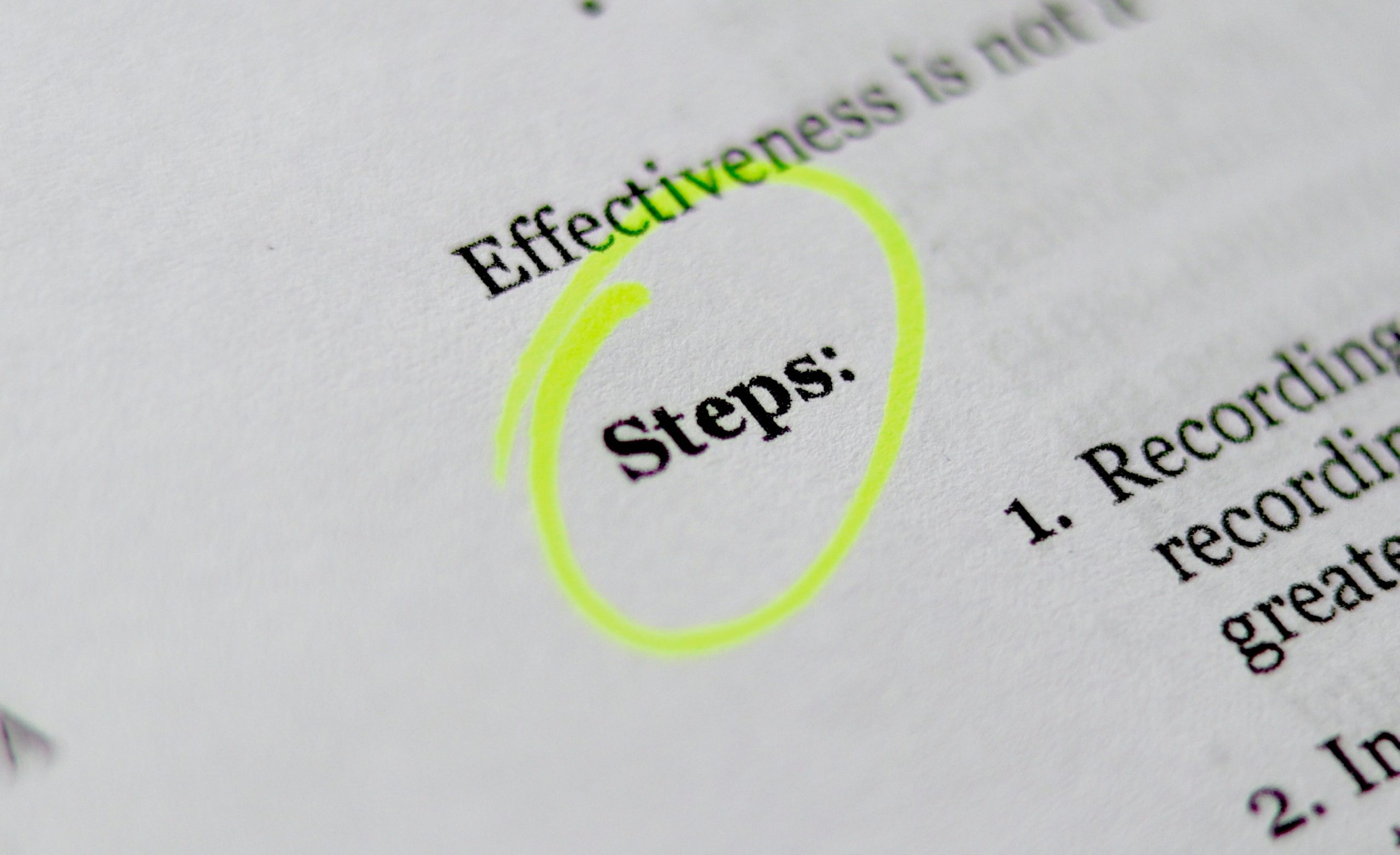In the interviews that Salesmetry now conducts on a daily basis, many companies testify to their need for CRM but at the same time do not always have a sales method or a clear description of their sales cycle in place. This is the first thing to do.
According to a study conducted by Vantage Point Performance and the Sales Management Association, B2B companies that have defined a formal sales process experienced 18% more revenue growth than companies without one.
An ideal approach to B2B sales requires two key elements: a sales method that is adapted to the market and updated to take into account the changing behaviour of buyers, and an operational model that serves as a framework for both managing sales opportunities and building forecasts.
There is no magic formula for choosing a sales method. There is no one that works every time. Trades and practices differ, industries and companies have their own particularities. In each sector, the mode of interaction between buyer and seller varies. It is the latter that is predominant and can be answered through a multitude of questions:
- What is the degree of added value of the product or service,
- How much expertise do salespeople need to have,
- What value the buyer gives to his relationship with the seller,
- Does the client rely on suppliers to contribute to his education?
- Does the prospect have a clear definition of his need?
- Problems and their causes are identified or can be identified with the participation of the buyer,
- What is the typical length of the sales cycle,
- What are the usual criteria for the prospect to make a decision and how many people compete with the prospect,
- Does the typical client have a strategic or transactional approach?
The right sales method is one that takes into account all of this context and which can be associated with clear steps, with an intangible, factual definition of progress measurement and objective calculation of the chances of winning.
The objectives of a Sales Operation Model are numerous:
- To have a common approach: to know what needs to be done at each key stage of the sales process. It is improvisation which puts the most promising opportunities at risk,
- To help speed up the integration of new sales staff: pooling a process helps to develop a common language and makes it easier. It also reduces the training burden on the sales manager. When the entire sales team follows the same roadmap, any member of the old guard can pass on his or her knowledge and advice to new recruits when they take up their duties,
- Successful sales teams continually refine their sales processes based on measurable data and constant feedback. For example, understanding where most of your business is stuck or slipping away can help identify the root cause of those stuck deals and take action to remedy it,
- Having a formalised sales process ensures that your team focuses its efforts on the activities that generate the most revenue. Without a process in place, business is simply won or lost, and it is difficult to know what specific actions work or fail,
- A repeatable sales process gives sales teams much more consistency in winning deals. Having a clearer idea of the success rate allows them to reliably predict the number of sales that should be made from a given number of leads and helps sales managers set realistic quotas,
- With a well-functioning sales process, a sales team is better able to objectively filter low-potential leads. Generating better leads shortens the sales cycle, reducing wasted effort on opportunities that are unlikely to materialise,
- When a sales team speaks a language that only they understand, collaboration between departments becomes difficult. Using the common steps and language of a standardised sales process simplifies communication across the business, reduces confusion between departments and enables your customer service, account management, fulfilment and marketing teams to provide the right assistance at the right time,
Without a structure, it is difficult to measure anything other than gains and losses. A standardised sales process provides more data points to be measured, allowing more accurate analysis of key metrics and sales targets. For example, this allows the size of the pipeline to be determined so that targets can be achieved.
Salesmetry has helped several companies define sales methods and business processes to maximise the effectiveness of their sales approach and give sales forces a more analytical view of their business.
This article can also be found on LinkedIn.


Commentaires récents